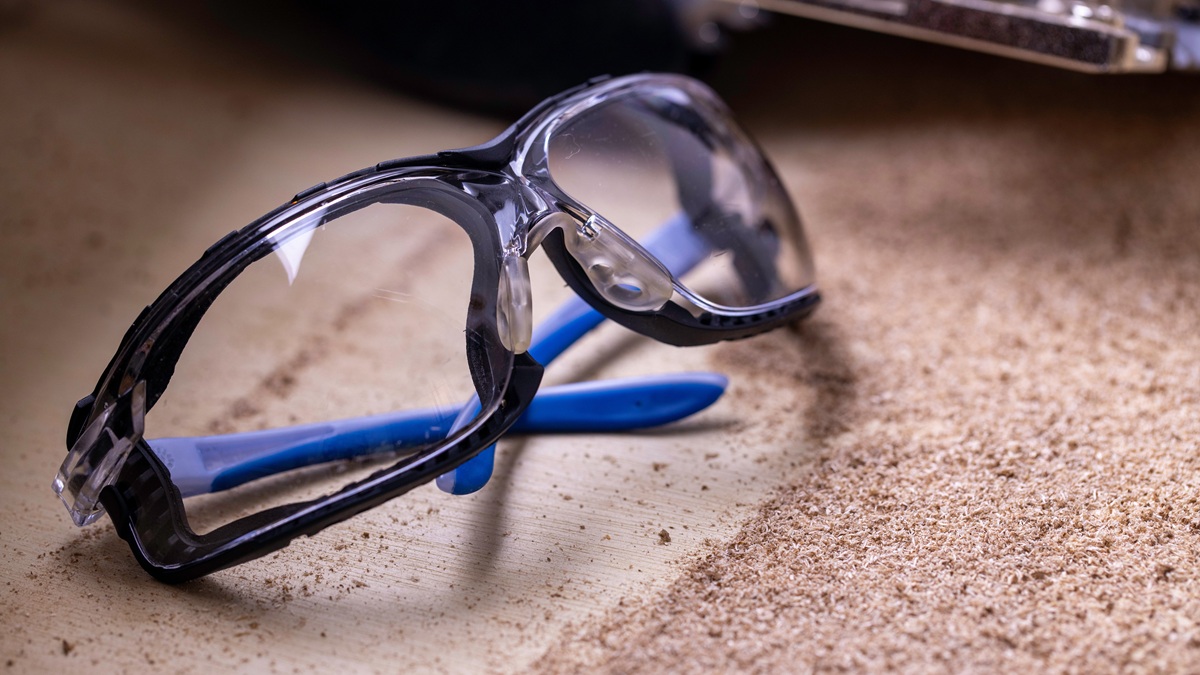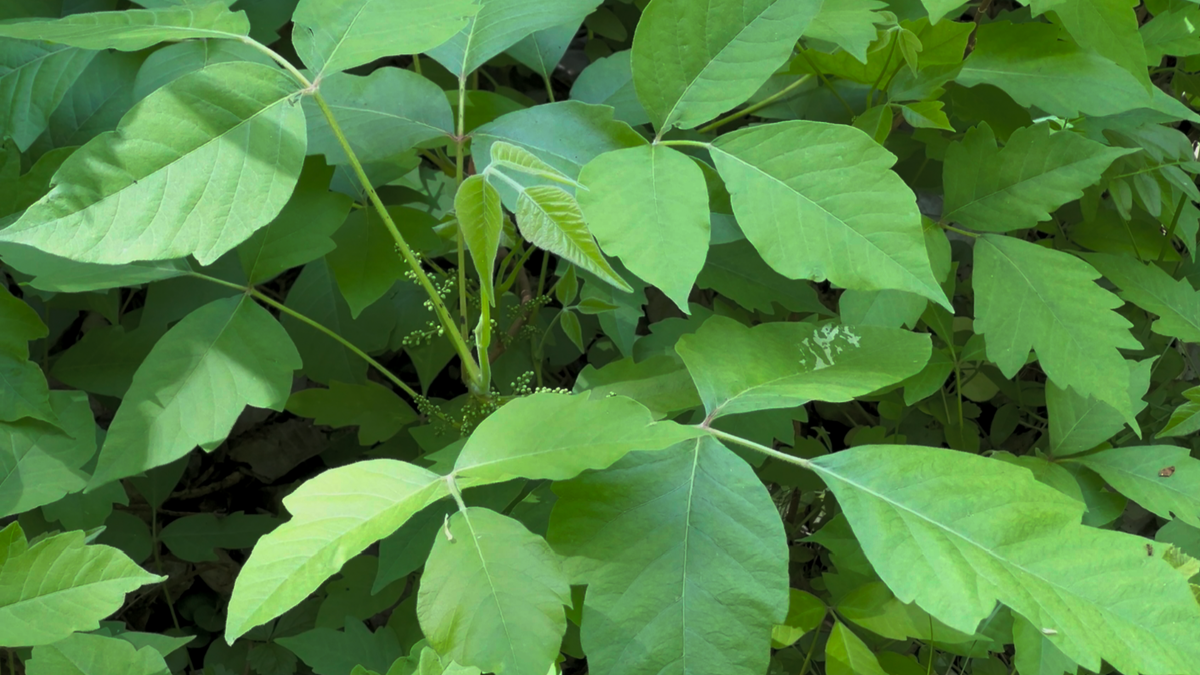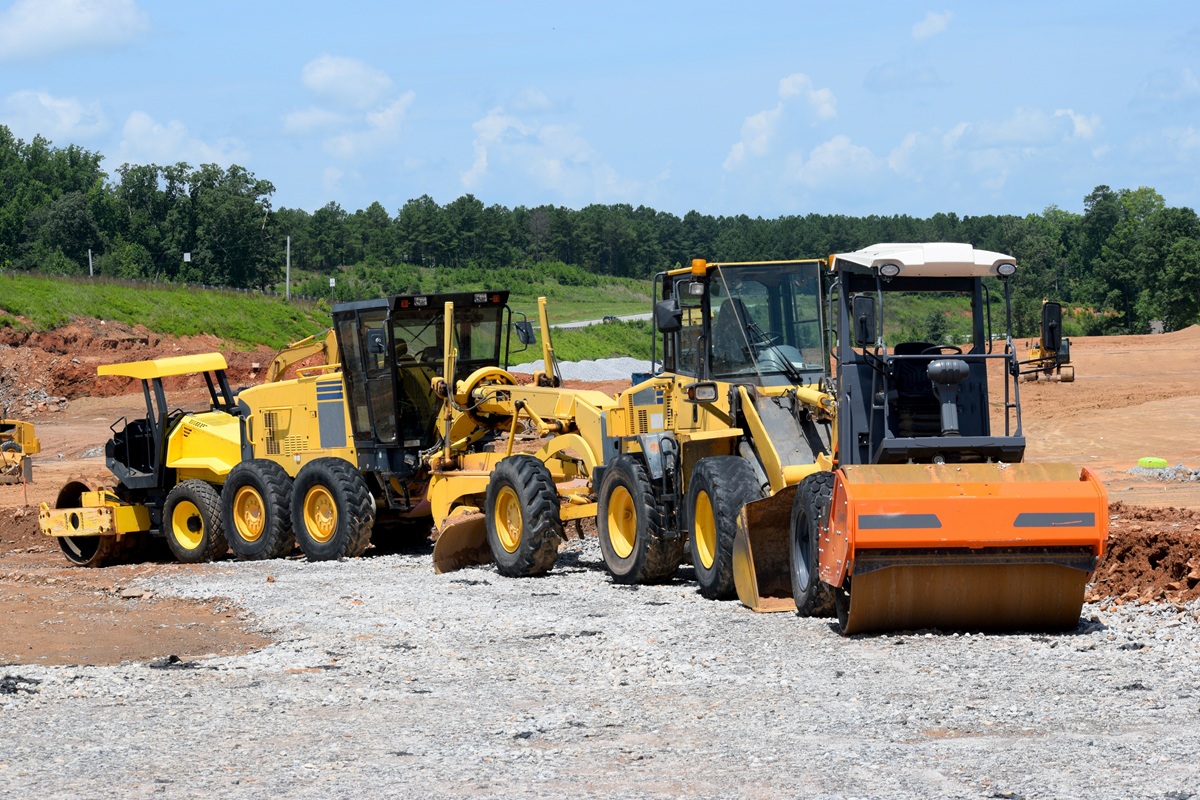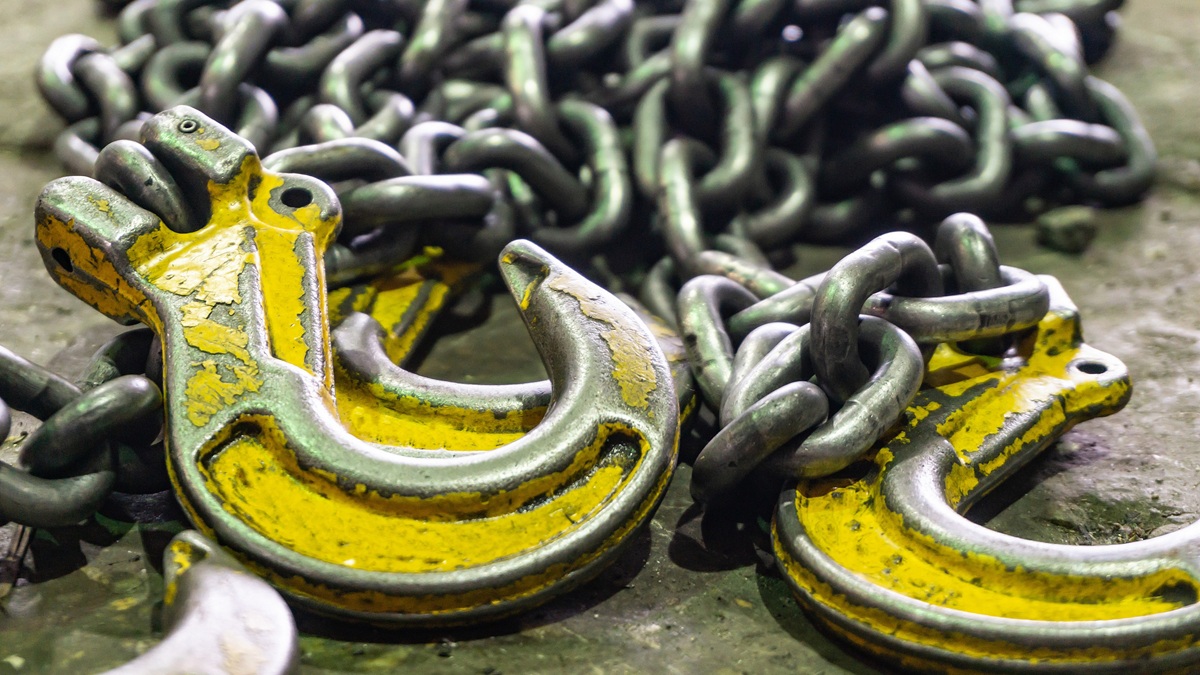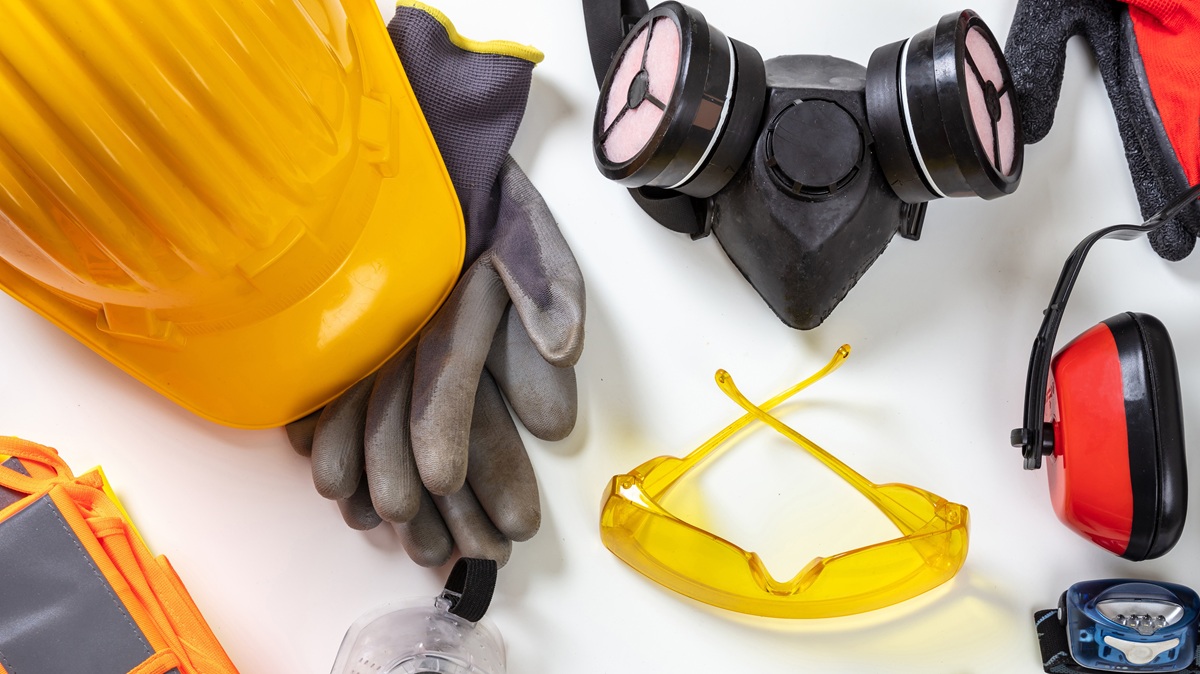The Indiana Department of Environmental Management (IDEM) is in the late stages of a process transitioning from a permit by rule to a Master General Permit (MGP) for the three stormwater programs currently administered through Indiana Administrative Code (Rules). The three programs effected are Construction Stormwater (“Rule 5”) (327 IAC 15-5), Municipal Separate Storm Sewer Systems (“MS4s”) (327 IAC 15-13), and Industrial Stormwater (327 IAC 15-6). The change was spurred in 2016 via urging of the United States Environmental Protection Agency (US EPA).
IDEM developed draft language and engaged an advisory group in 2017. The advisory group, including representation from ICI, ACEC, INDOT and several other local and statewide stakeholder groups, met with IDEM leadership in multiple sessions throughout 2017 and 2018 to review and discuss draft language, current practices, and improvements. Brian Wolff, IDEM surface water and operations branch chief recently sent a notice to advisory group members thanking them for their participation.
“The draft language presented to the advisory group was vastly different from the output representing compromises for stakeholders and significant collaboration,” said Wolff, when asked about successes of this effort.
As an advisory member, ICI’s Director of Government Relations Dan Osborn appreciated IDEMs openness and active listening to considering stakeholder input throughout the process.
After finalizing the language in 2018, IDEM submitted the document to US Environmental Protection Agency (EPA) for review. After two years of review, public comment sessions, and revisions, IDEM received a notice of “non-objection” from the EPA. Wolff explained that the permits have been submitted to the Indiana Governor’s office for signature consideration. After 15 days, the permit will be submitted to the Indiana Secretary of State’s office for further processing. The permits become effective after a 30-day wait period post publishing of the final language. Wolff noted that owners or permittees of current permits will need to file for an “amendment-continue of coverage” under the new MGP within 90 days of the MGP effective date. IDEM cannot continue coverage under 327 IAC 15-5 for projects that will continue to operate once 327 IAC 15-5 is repealed.
IDEM has posted a copy of the MGPs and associated public comments/questions and has scheduled two public information sessions. Please see information and links below.
The information session on the Construction Stormwater General Permit will take place on November 16th at 10:00 AM
Zoom Link : https://zoom.us/j/94985414355?pwd=ak9kRXlHakZBOGtRdldkVHRPU1Q0Zz09&from=addon
Telephone: 301-715-8592 or 312-626-6799 or 646-876-9923 or 346-248-7799 or 408-638-0968 or 669-900-6833 or 253-215-8782
Meeting ID: 949 8541 4355
Passcode: 841374
Question Form: https://forms.office.com/g/1rXLXQyX8v
The information session for the MS4 General permit will take place on November 30th at 10:00 AM
Zoom link: https://zoom.us/j/92346799028?pwd=bWR1YksveGgvckZJVmFlNm1SdExTZz09&from=addon
Telephone: 312-626-6799 or 646-876-9923 or 301-715-8592 or 253-215-8782 or 346-248-7799 or 408-638-0968 or 669-900-6833
Meeting ID: 923 4679 9028
Passcode: 710924
Question form: https://forms.office.com/g/GAS7dWxbBB



